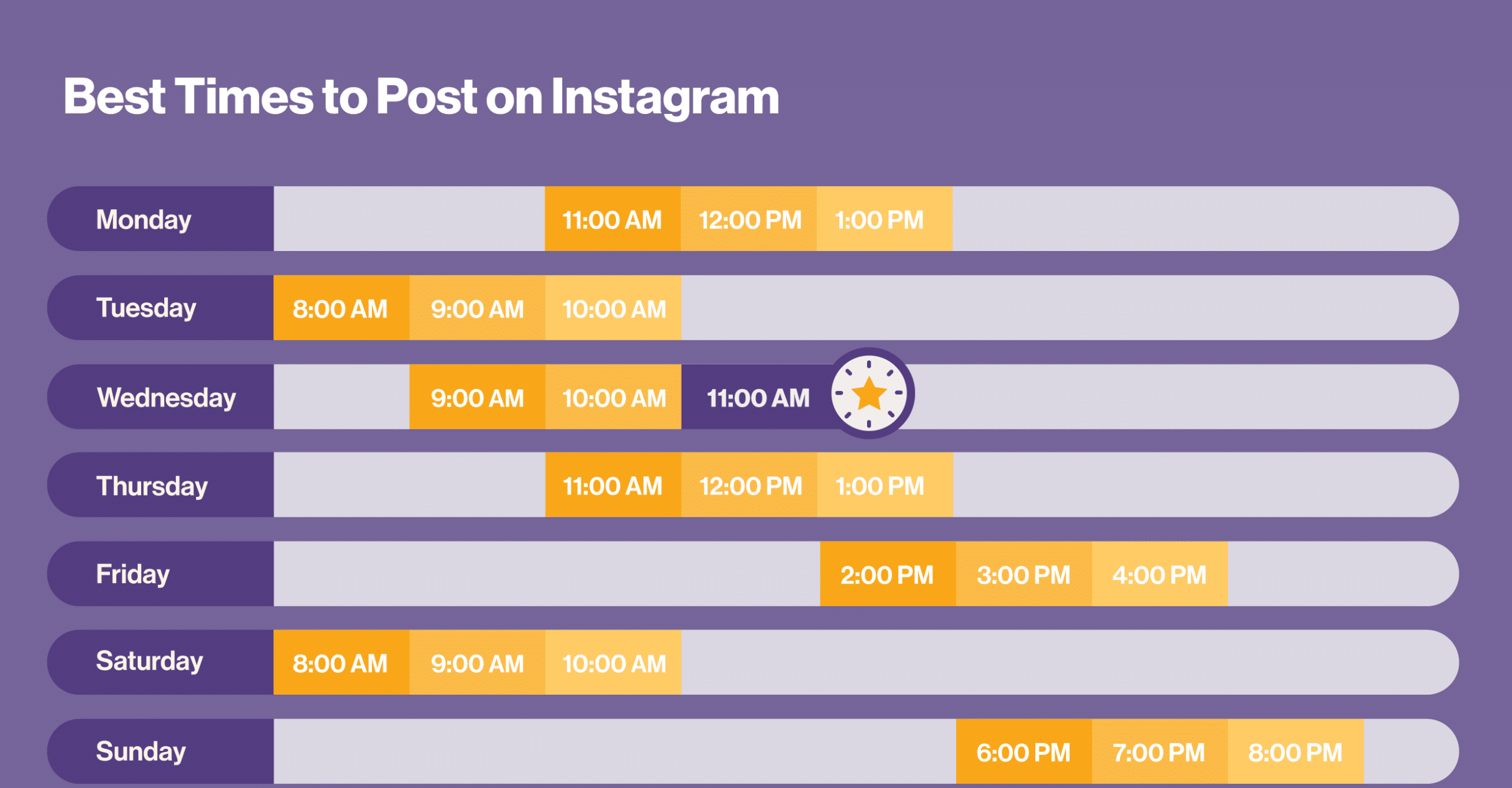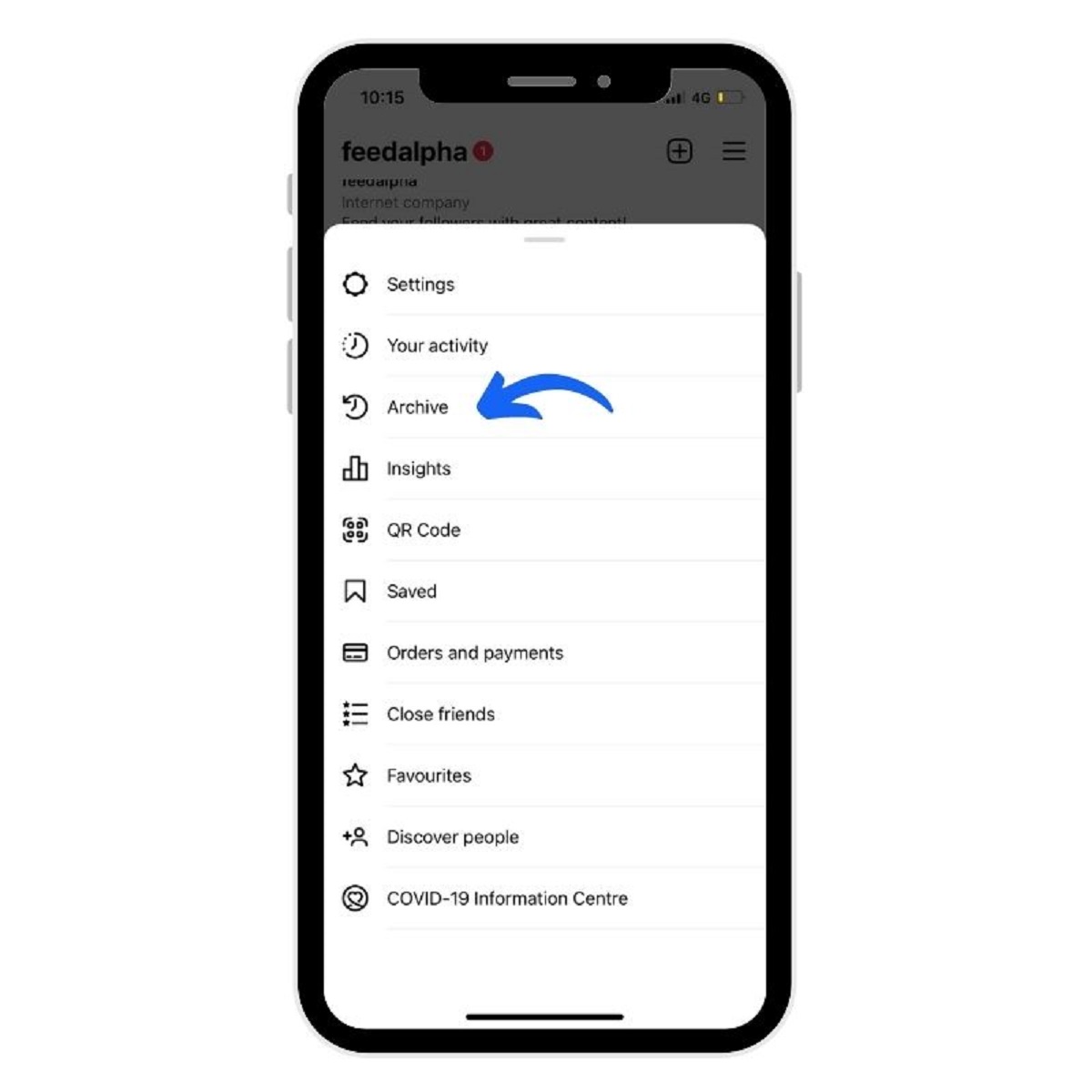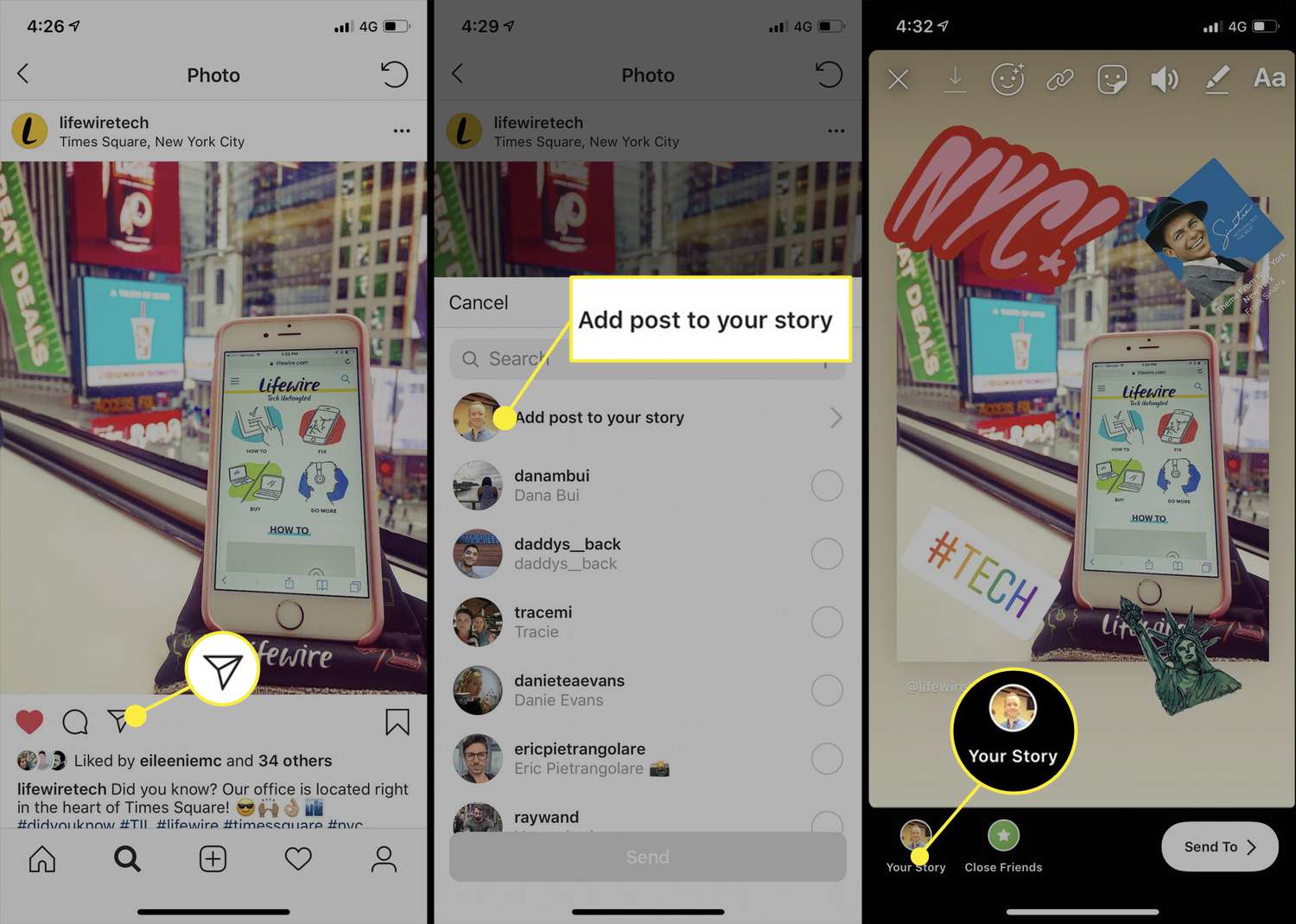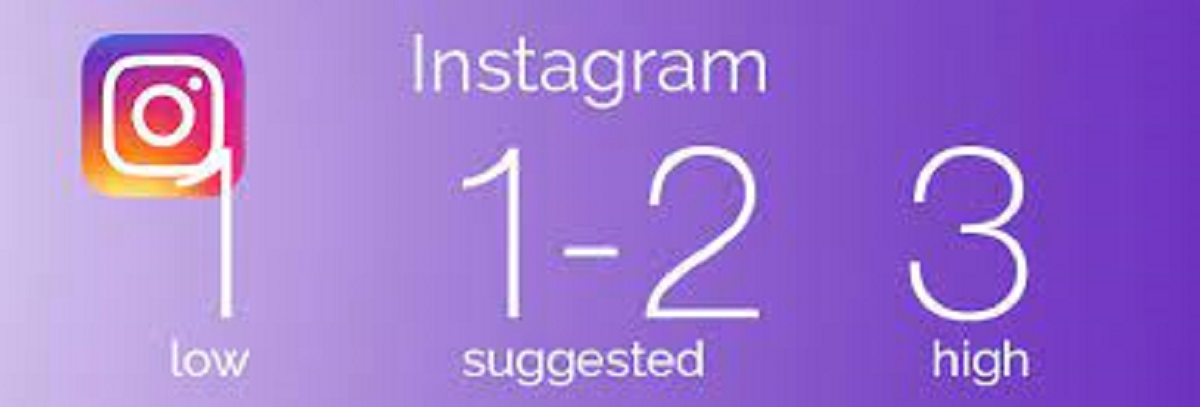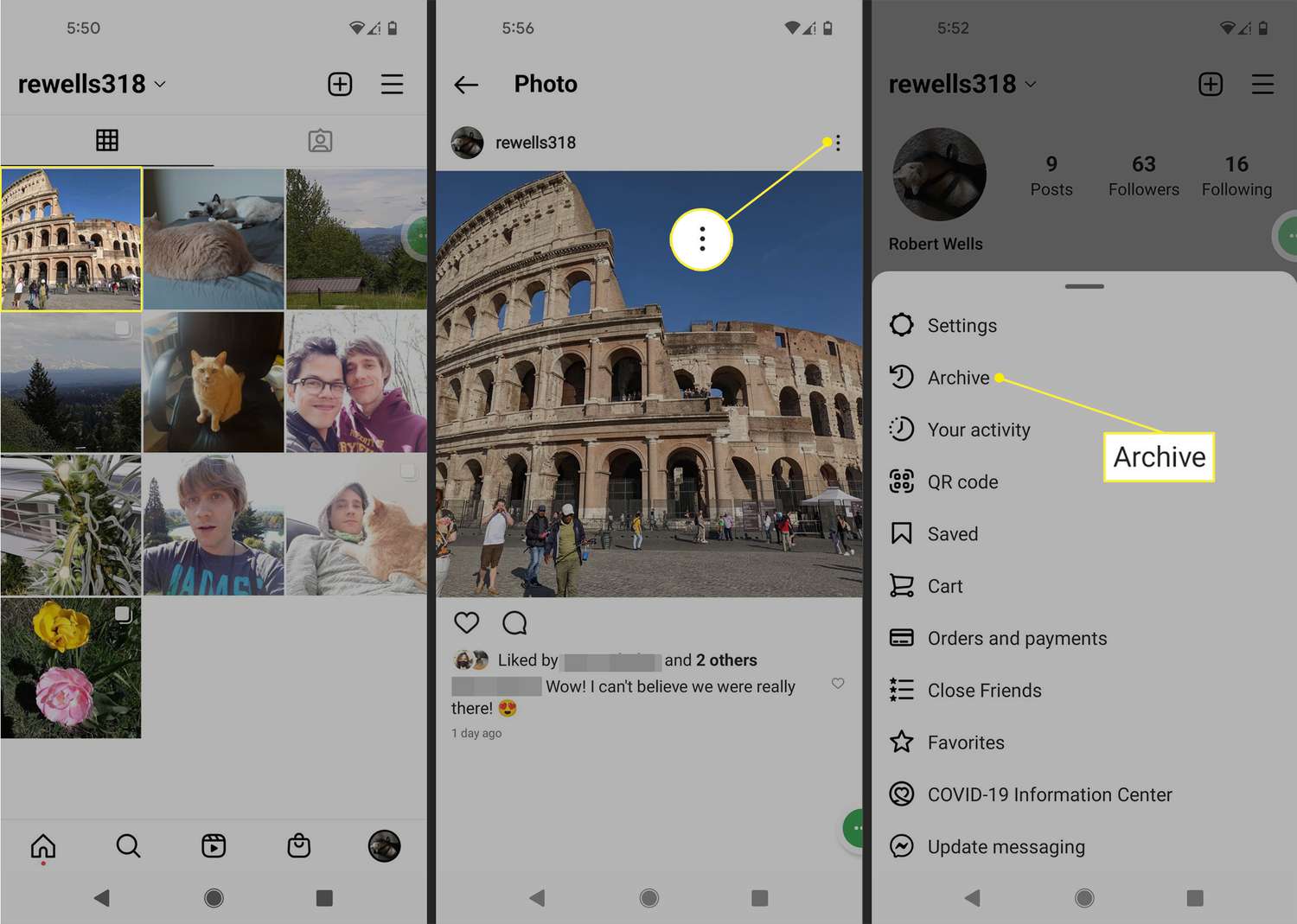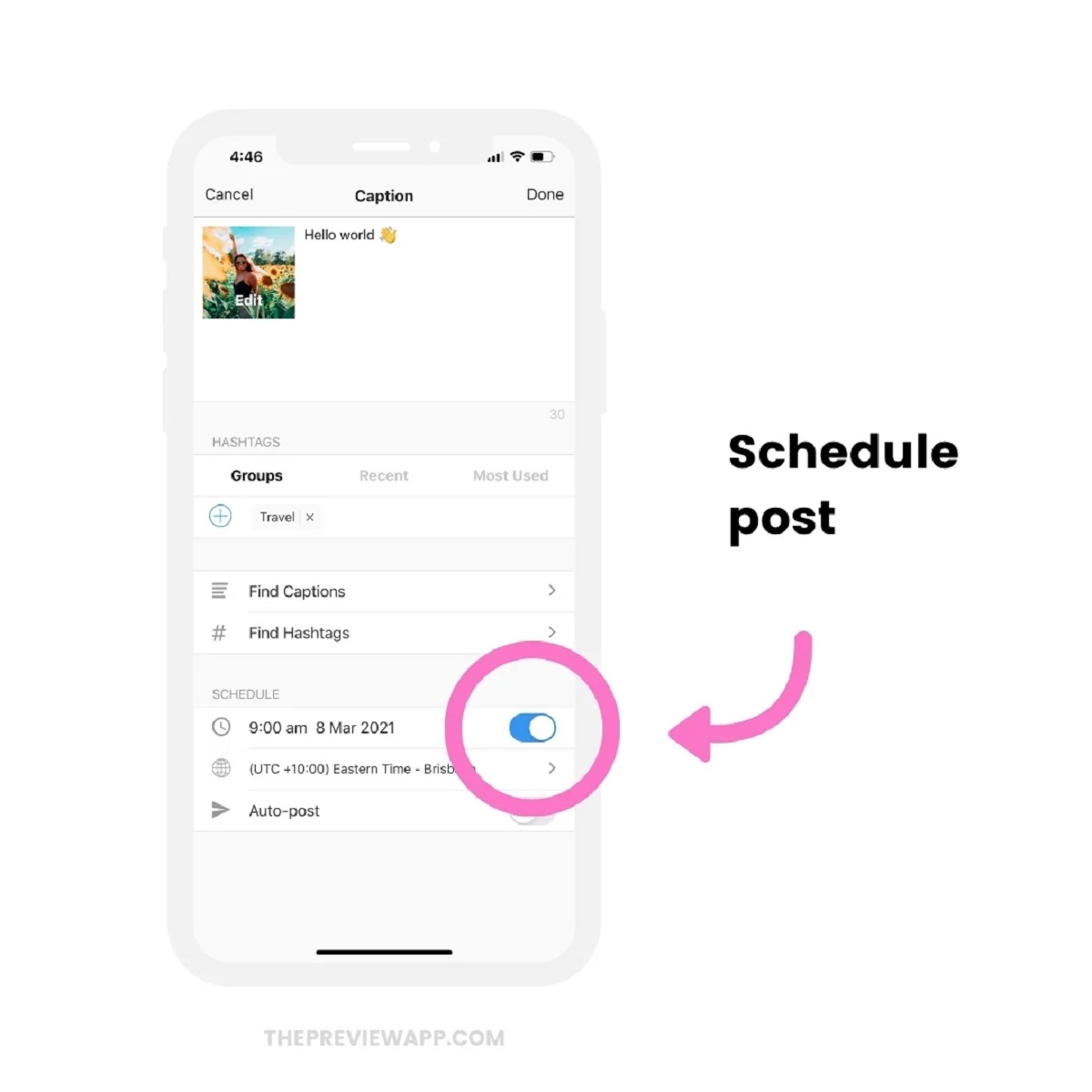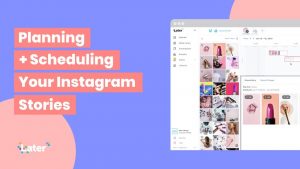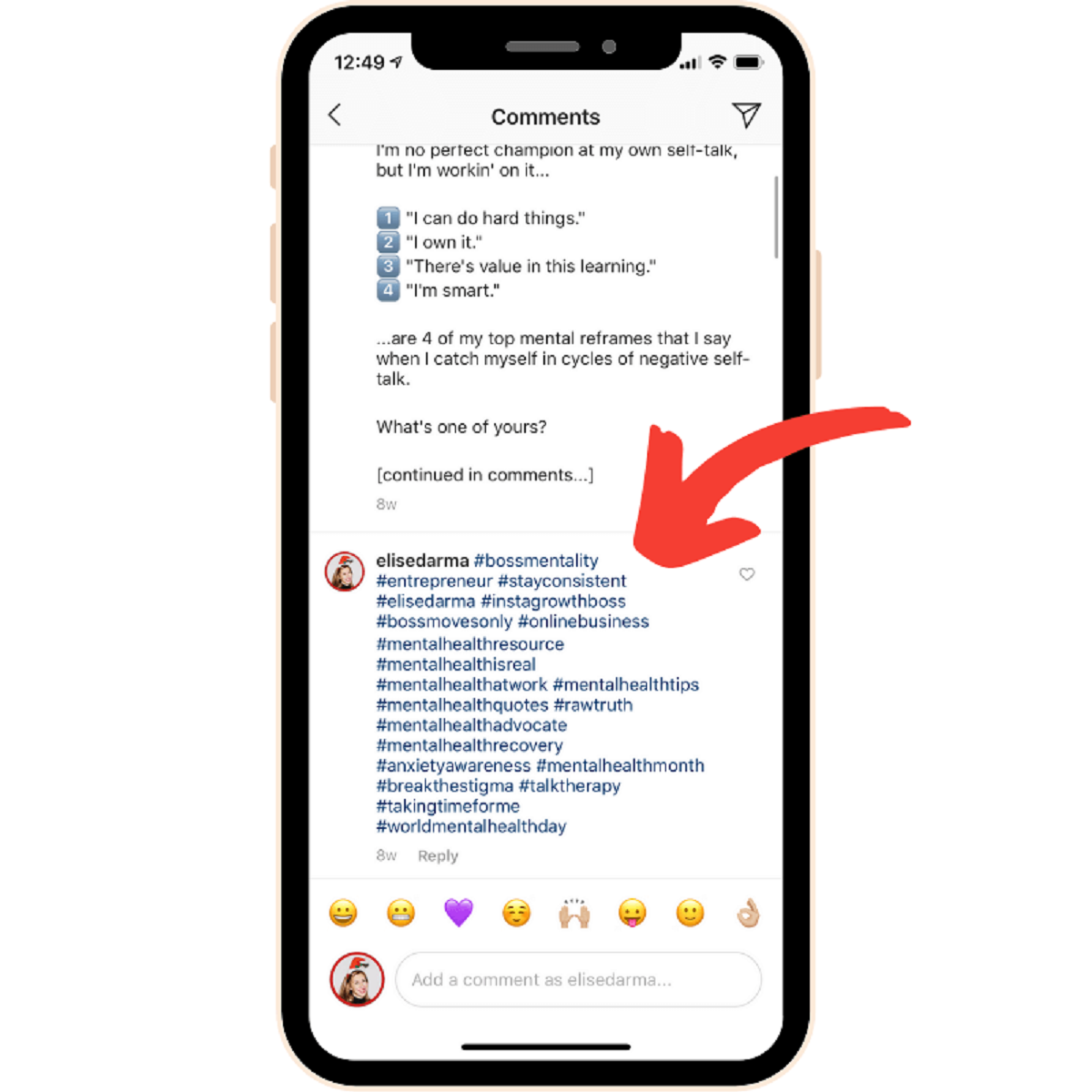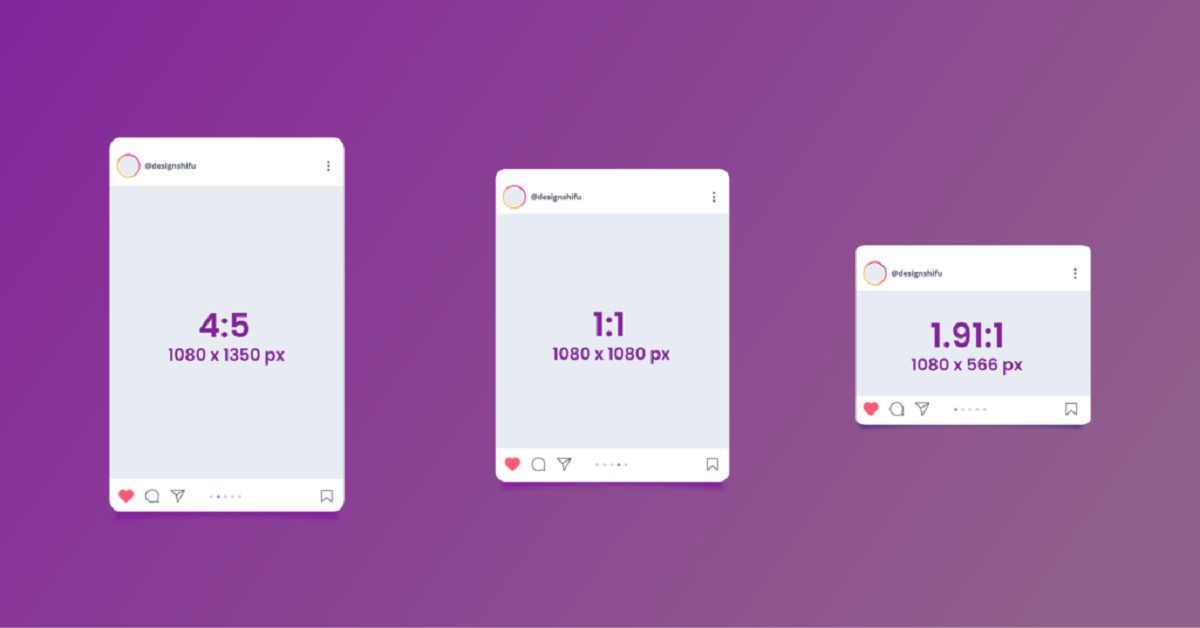Introduction
Welcome to the world of Instagram, a social media platform known for its visually captivating content. Whether you’re a brand, influencer, or individual looking to connect with others and showcase your creativity, it’s crucial to understand the best time to post on Instagram.
Posting at the right time can significantly impact your engagement rate, reach, and overall success on the platform. By strategically selecting the optimal time to share your content, you can maximize the visibility and impact of your posts.
In this article, we will explore the importance of posting at the right time on Instagram, factors to consider when determining the best time to post, industry research on ideal posting times, tools to help you determine the optimal posting time, and tips for maximizing engagement regardless of post time.
So whether you’re a seasoned Instagram user looking to improve your Instagram strategy, or just starting out and trying to make a mark, read on to discover the secrets of timing your posts for maximum impact.
The Importance of Posting at the Right Time on Instagram
Posting at the right time is crucial for maximizing the impact and visibility of your Instagram posts. With over one billion monthly active users, getting your content seen amidst the vast sea of posts can be challenging. However, by understanding the importance of timing, you can increase your chances of reaching your target audience and driving engagement.
One of the primary reasons why timing is critical on Instagram is due to the platform’s algorithm. Instagram’s algorithm prioritizes recent and relevant content, meaning that if you post when your target audience is most active, your posts are more likely to appear at the top of their feeds. This increased visibility can lead to higher engagement rates, including likes, comments, and shares.
Furthermore, posting at the right time allows you to align your content with your audience’s online behavior. Different users have different habits and routines, resulting in peak activity periods throughout the day. By understanding when your target audience is most active, you can tailor your posting schedule to ensure your content is seen when they are most likely to be online, increasing the likelihood of interaction.
Timing also affects the competition you face on the platform. Instagram users are constantly bombarded with new content, making it crucial to stand out from the crowd. By posting at less crowded times, you minimize the competition for attention, increasing the visibility and chances of engagement for your posts.
Moreover, posting at the right time allows you to take advantage of trends and optimize your content strategy. By staying up to date with industry trends and understanding your audience’s preferences, you can tailor your posts to align with current interests and maximize the potential for virality.
Overall, timing your Instagram posts correctly is essential to increase visibility, engagement, and overall success on the platform. By understanding your audience’s habits, leveraging the platform’s algorithm, and aligning with trends, you can maximize the impact of your posts and effectively connect and engage with your target audience.
Factors to Consider When Determining the Best Time to Post on Instagram
Determining the best time to post on Instagram requires careful consideration of various factors that can influence your audience’s activity and engagement. By taking into account these factors, you can optimize your posting schedule for maximum reach and interaction. Here are some key factors to consider:
- Audience demographics: Understanding your target audience’s demographics is crucial in determining their online behaviors. Consider factors such as age, location, and occupation, as these can affect when they are most active on Instagram.
- Time zone: Take into account the time zone in which your target audience resides. If your audience is scattered across different regions, you’ll need to adjust your posting schedule accordingly to reach them at their local time.
- Audience behavior: Analyze when your audience is most active on Instagram. Do they tend to check their feeds during mornings, evenings, or late at night? Conducting audience research and utilizing Instagram analytics can provide insight into these patterns.
- Industry and niche: Consider the nature of your industry or niche. Different industries may have varying peak activity times on Instagram. For example, if you’re in the fitness industry, posting content during early mornings or evenings when people are more likely to exercise could be advantageous.
- Competition: Evaluate the posting habits of your competitors. While you don’t want to copy their strategies entirely, understanding their posting schedules can help you identify gaps and opportunities to stand out.
- Experimentation and analysis: Keep in mind that optimal posting times may vary depending on your unique audience and content. Experiment with different posting schedules and track the performance of your posts using Instagram analytics. Adjust your strategy based on the data you gather to continuously optimize your posting schedule.
Remember, finding the best time to post on Instagram is not a one-size-fits-all approach. It requires a thoughtful analysis of your audience, their behavior, and your industry dynamics. By considering these factors and continually refining your strategy, you can increase your chances of reaching and engaging with your target audience effectively.
Best Times to Post Based on Industry Research
While the optimal time to post on Instagram can vary depending on your specific audience and niche, industry research can provide useful insights and general guidelines to help you get started. Here are some common trends and best times to consider:
- Early mornings: Many studies suggest that posting between 7:00 a.m. and 9:00 a.m. can be effective, as users tend to check their Instagram feeds soon after waking up. This can be particularly beneficial for industries such as food, fitness, and lifestyle where users may seek inspiration and motivation to start their day.
- Lunchtime: Posting around noon, between 11:00 a.m. and 1:00 p.m., can be advantageous, especially for businesses targeting professionals and office workers. Users often browse Instagram during their lunch breaks, providing an opportunity to capture their attention.
- Evenings: Evenings, particularly between 7:00 p.m. and 9:00 p.m., are generally regarded as a prime time for Instagram engagement. Many users relax, unwind, and scroll through their feeds during these hours. This timeframe can be effective for various industries, including fashion, entertainment, and lifestyle.
- Weekend mornings: Saturdays and Sundays mornings, between 9:00 a.m. and 11:00 a.m., are often considered ideal for capturing user attention. With fewer distractions and more leisure time, users are likely to spend more time browsing Instagram. Consider this timeframe for posting content related to travel, hobbies, and leisure activities.
- Nighttime: For industries targeting a younger audience, posting later in the evening, around 9:00 p.m. to 11:00 p.m., may yield positive results. Users, particularly students and young professionals, tend to engage with Instagram during these hours when they have more downtime.
- Time zone considerations: If your target audience spans across different time zones, aim to strike a balance between accommodating the majority of your audience and targeting specific local peak times.
Remember, these are general trends based on industry research, and it’s important to analyze your specific audience’s behavior and preferences. Experimentation and tracking the performance of your posts are key to finding the best posting times that resonate with your audience.
Additionally, keep in mind that Instagram’s algorithm and user behaviors may evolve over time, so regularly monitor industry trends and update your posting schedule accordingly for optimal engagement.
Tools to Help Determine the Optimal Time to Post on Instagram
With the abundance of data and analytics available, several tools can assist you in determining the optimal time to post on Instagram. These tools provide in-depth insights into your audience’s behavior, engagement patterns, and the performance of your posts. Here are some popular tools to consider:
- Instagram Insights: Instagram’s built-in analytics tool, Instagram Insights, offers valuable information about your followers, including their demographics, activity times, and engagement rates. By accessing this data, you can gain insights into when your audience is most active and adjust your posting schedule accordingly.
- Buffer: Buffer offers a suite of social media management tools, including analytics specifically tailored for Instagram. With Buffer, you can schedule your posts and access engagement data to determine which days and times are most effective for reaching your audience.
- Sprout Social: Sprout Social provides comprehensive analytics and reporting features that allow you to examine audience engagement and the impact of your posts across various timeframes. The platform also suggests optimal posting times based on historical data and industry benchmarks.
- Hootsuite: Hootsuite offers a range of social media management tools, including a scheduling feature and analytics that provide insights into your audience’s engagement patterns. The platform also allows you to monitor and compare your performance with competitors to identify potential posting opportunities.
- Iconosquare: Iconosquare specializes in Instagram analytics, offering detailed information on your followers, engagement rates, and optimal posting times. The platform provides a visual calendar that highlights peak engagement periods based on historical data, making it easier to plan your posting schedule.
- Later: Later is a scheduling and analytics platform specifically designed for Instagram. It offers a `Best Time to Post` feature that analyzes your account data to recommend optimal posting times based on when your audience is most active and engaged.
These tools can help take the guesswork out of determining the best time to post on Instagram. By leveraging their features, you can gather valuable insights and make data-driven decisions to optimize your posting schedule and maximize engagement with your audience.
Keep in mind that while these tools provide valuable guidance, it’s essential to monitor and analyze your own audience’s behavior and preferences. Experiment with different posting times and use the data provided by these tools to refine your strategy for optimal results.
Tips for Maximizing Engagement Regardless of Post Time
While posting at the right time can greatly impact your engagement on Instagram, there are several strategies you can implement to maximize engagement regardless of the specific posting time. These tips can help you boost your visibility, increase interaction, and foster a loyal and engaged audience:
- Create compelling content: Focus on producing high-quality, visually appealing content that grabs users’ attention. Use high-resolution images, captivating captions, and engaging storytelling to make your posts stand out from the crowd.
- Know your audience: Take the time to understand your target audience’s preferences, interests, and pain points. Tailor your content to resonate with their needs and desires, fostering a connection that encourages engagement.
- Be consistent: Maintain a consistent posting schedule to establish a regular presence on Instagram. Consistency helps build anticipation among your followers, increasing the likelihood of them engaging with your content when it’s posted.
- Use relevant hashtags: Research and incorporate relevant hashtags into your posts to expand your reach and attract users with similar interests. Including popular and niche-specific hashtags can help users discover your content and increase the chances of engagement.
- Engage with your audience: Actively respond to comments, DMs, and mentions from your followers. Engaging in conversations helps foster a sense of community and loyalty, encouraging users to continue interacting with your posts.
- Encourage user-generated content: Encourage your followers to create and share their own content related to your brand or industry. User-generated content not only boosts engagement but also serves as valuable social proof, showcasing the authenticity and loyalty of your audience.
- Use Instagram Stories and interactive features: Take advantage of Instagram’s Stories feature and interactive features such as polls, quizzes, and question stickers. These tools can increase user engagement and provide valuable insights into your audience’s preferences and interests.
- Cross-promote on other platforms: Leverage your presence on other social media platforms by cross-promoting your Instagram account. Share teasers or snippets of your Instagram content on platforms like Facebook or Twitter to drive traffic and engagement.
- Analyze and optimize: Regularly analyze your Instagram analytics to gain insights into your top-performing content, engagement rates, and audience demographics. Use this data to refine your content strategy, identify trends, and optimize your posts for maximum engagement.
By implementing these strategies, you can maximize engagement on Instagram regardless of the specific posting time. Remember, while timing is important, creating compelling content and fostering meaningful connections with your audience are key factors in driving engagement and building a successful Instagram presence.
Conclusion
Timing your Instagram posts strategically can make a significant difference in your overall engagement and success on the platform. By understanding the importance of posting at the right time, considering various factors that influence your audience’s behavior, and leveraging industry research and tools, you can optimize your posting schedule for maximum reach and interaction.
While industry research provides helpful guidelines, it’s important to analyze your unique audience’s behavior and preferences. Experimentation, along with tracking and analyzing performance metrics, allows you to fine-tune your posting schedule to resonate with your specific audience.
Additionally, maximizing engagement on Instagram goes beyond timing alone. Creating compelling content that speaks to your audience, consistently maintaining an active presence, utilizing relevant hashtags, engaging with your followers, and encouraging user-generated content are all crucial strategies for fostering audience engagement regardless of the specific post time.
Regularly monitoring and adapting your Instagram strategy based on audience feedback and analytics will help you stay ahead of the competition and continuously improve your engagement rates. Keep in mind that the digital landscape and user behavior can evolve, so staying up to date with industry trends and adjustments is essential.
In conclusion, finding the best time to post on Instagram is a combination of understanding your audience, experimenting with different posting schedules, analyzing data, and adapting your strategy accordingly. By optimizing your posting time and implementing effective engagement strategies, you can effectively connect with your target audience, achieve higher visibility, and foster a vibrant and engaged Instagram community.







